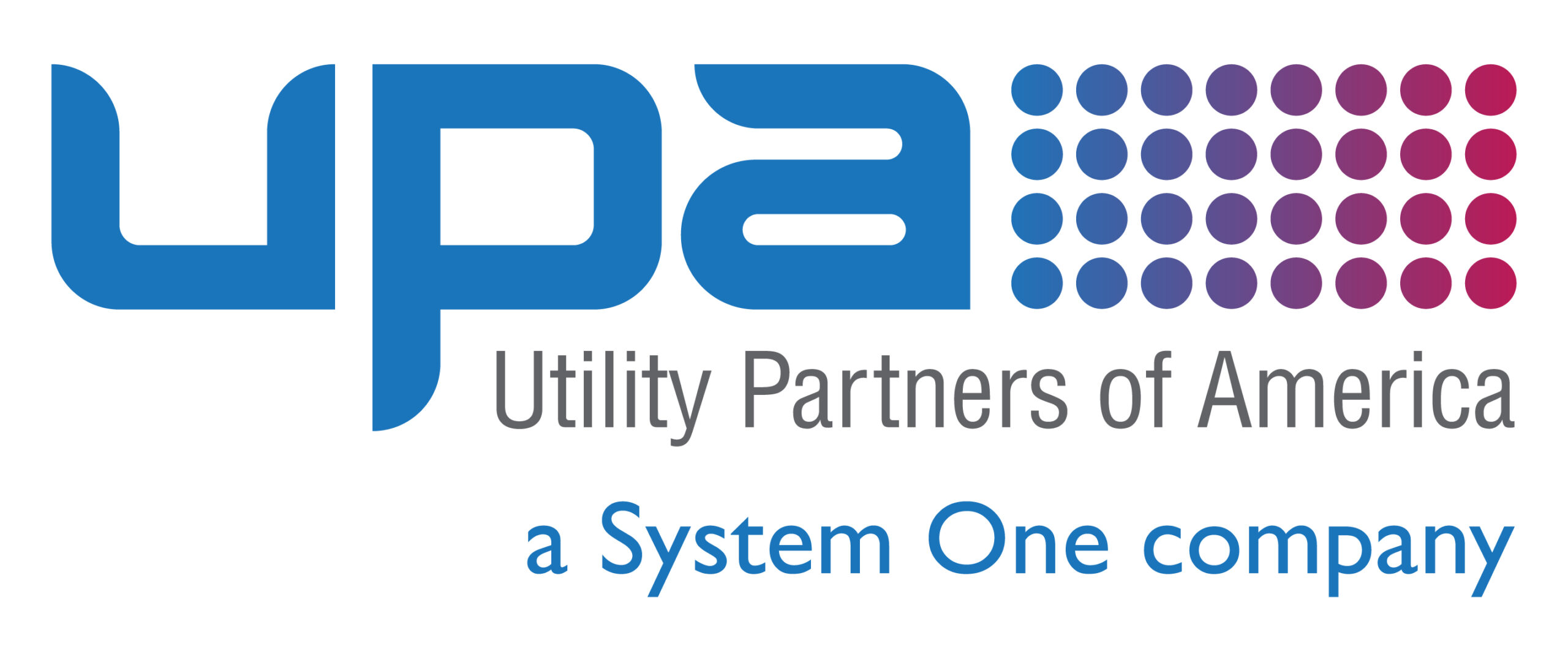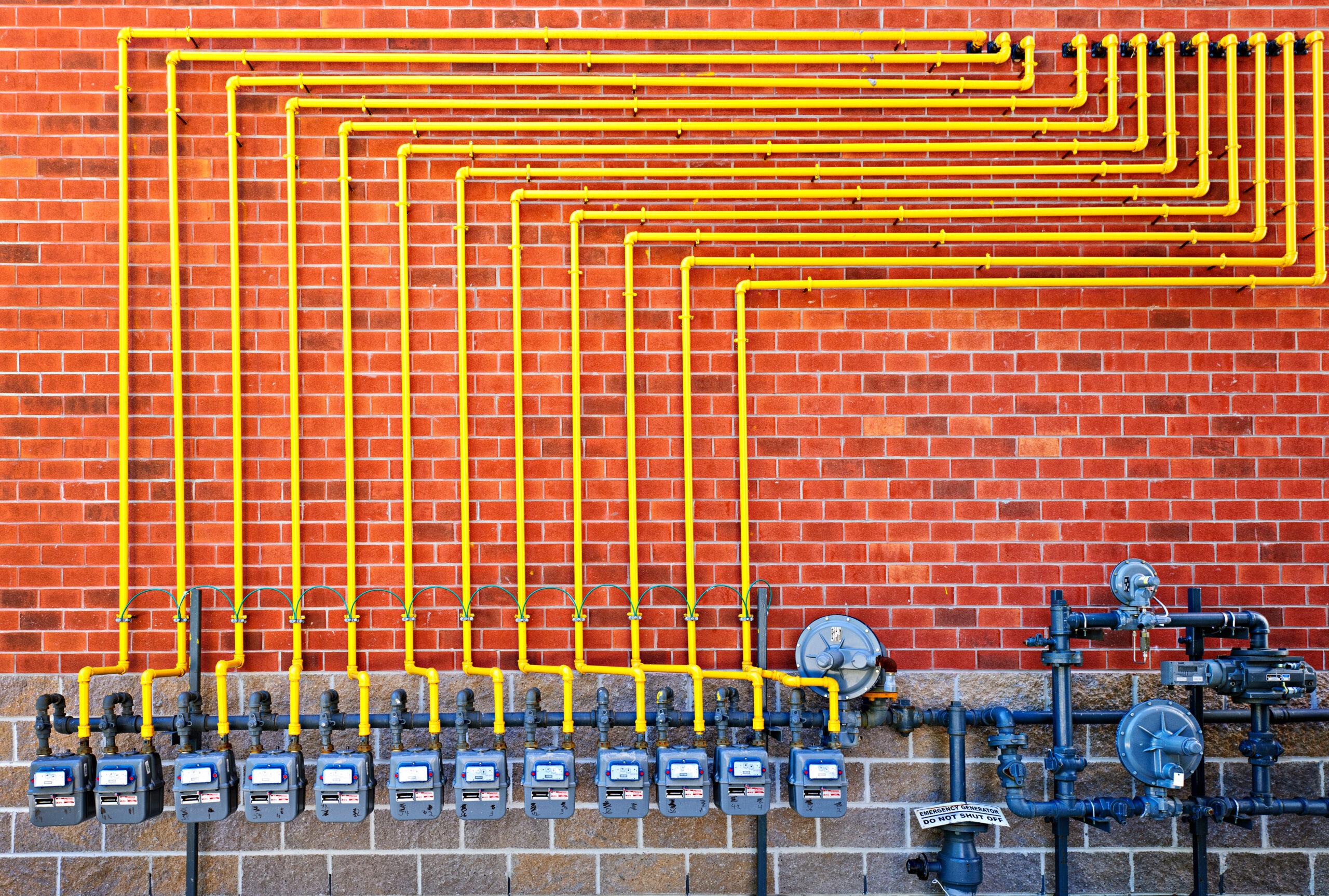Anyone who has spent much time around a utility company has likely heard the word “metering” thrown around a time or two. In fact, the term is so common that many utility customers have grown familiar with what it means and how metering affects them.—or so they think. But what customers, and even some utility employees don’t know, is that there is both metering and “submetering,” and the differences between the two are stark.
To help clear up any confusion and provide context around what each is, we wanted to detail some of the biggest differences between metering and submetering.
What is metering?
One of the biggest things to remember here is that all submetering is metering, but not all metering is submetering. Confused? Let us explain. Metering is the measurement of energy or water from the utility to the customer’s home, building, structure, or dwelling, etc. It’s not uncommon for large buildings to have multiple meters. In this case, think of a multi unit building like a condominium or office high rise. The utility company will want to know how much product is being delivered to the structure in totality. This is where metering comes into play.
What is submetering?
Thinking back to our multi unit building example—in a condominium, each tenant may be responsible for their own individual usage of utility products. Submetering, also known as what’s “after the meter,” measures a specific area—like a condo unit. Or for instance, it can measure how much energy a water plant’s pumps are using to keep facility water cool.
Other ways metering and submetering differ
A variety of other differences found in metering and submetering include the location of each. Building meters are found on the outside of a building or below grade in basements. However, submeters are located within the specific area they intend to measure.
Billing is another area that can drastically vary. The utility will likely deliver building management a total for that month’s usage. From there, building management is typically responsible for collecting each tenant’s fair share of the expense based on sub meter measurements.
A significant merit to submetering is that it usually encourages energy conservation—and when you consider the alternative, it’s easy to see why. In instances where a building’s ownership has utility cost as a flat fee included in rent, tenants have no incentive to curtail or be cognizant of their actual usage. With submetering, tenants are charged for exactly what they use. Of course, the downside to this is the upfront cost for building owners. The owners must foot the bill for the device and installation of each. Still, in many cases, the pros can outweigh the cons for everyone involved.
Interested in learning more about utility operations?
UPA has 25 years of experience partnering with utilities and energy cooperatives on various tasks, including metering and meter services. To learn more about either metering or submetering, we can help. You can reach us by filling out this form or calling (888) 667-1411.





